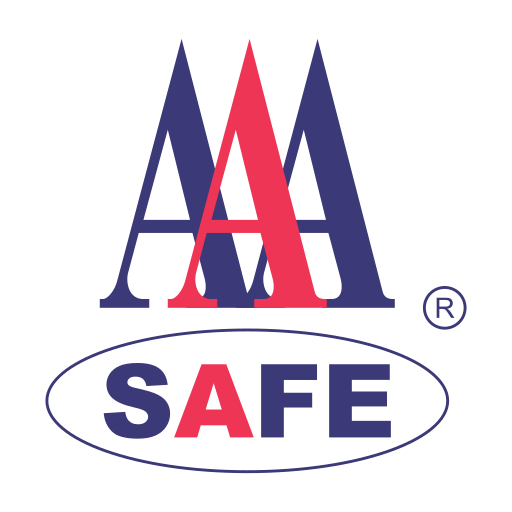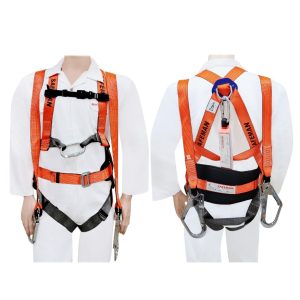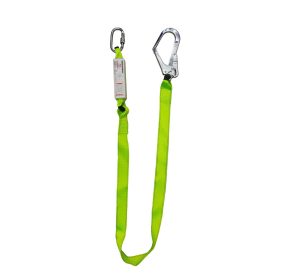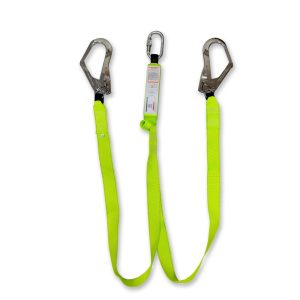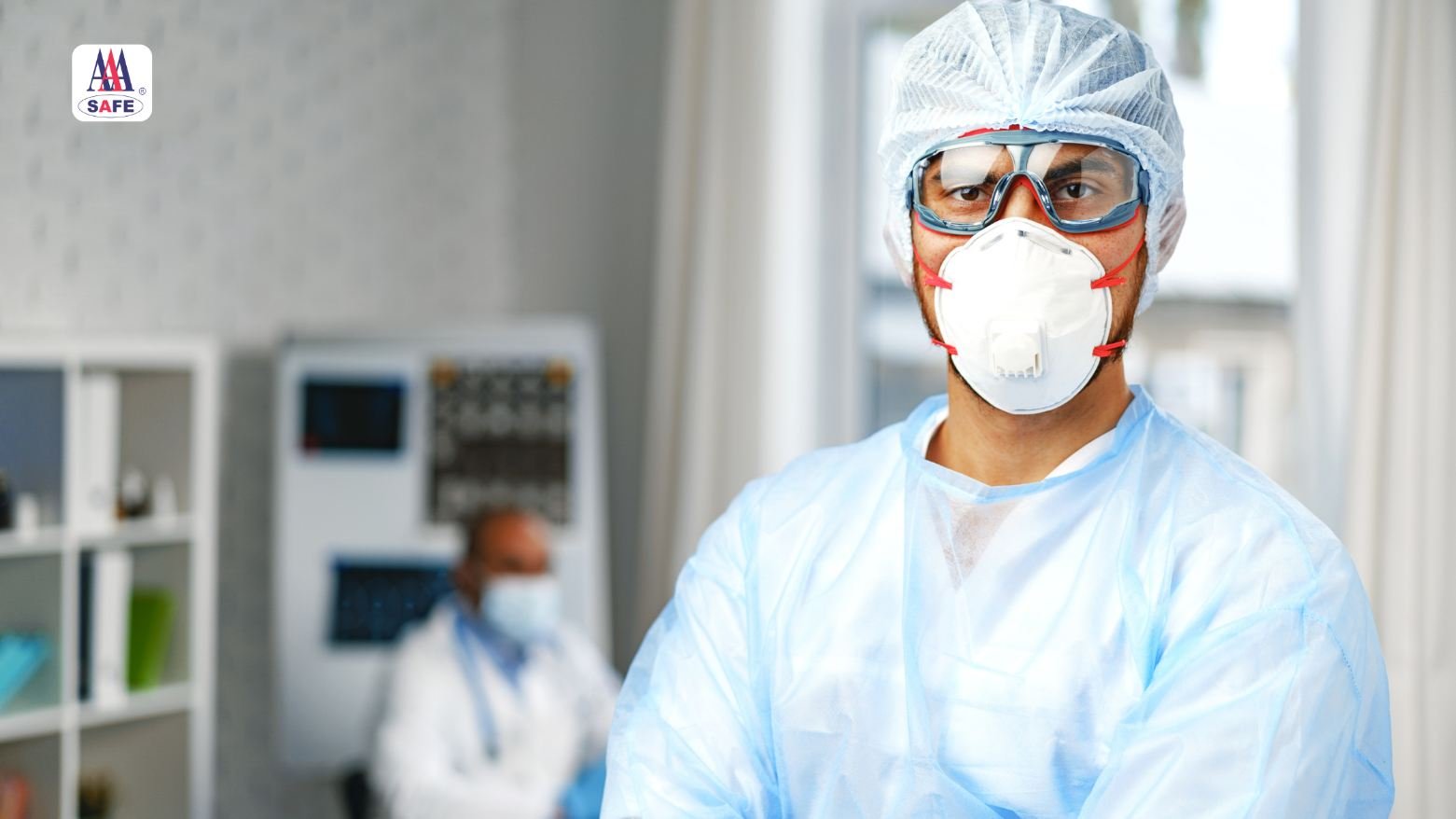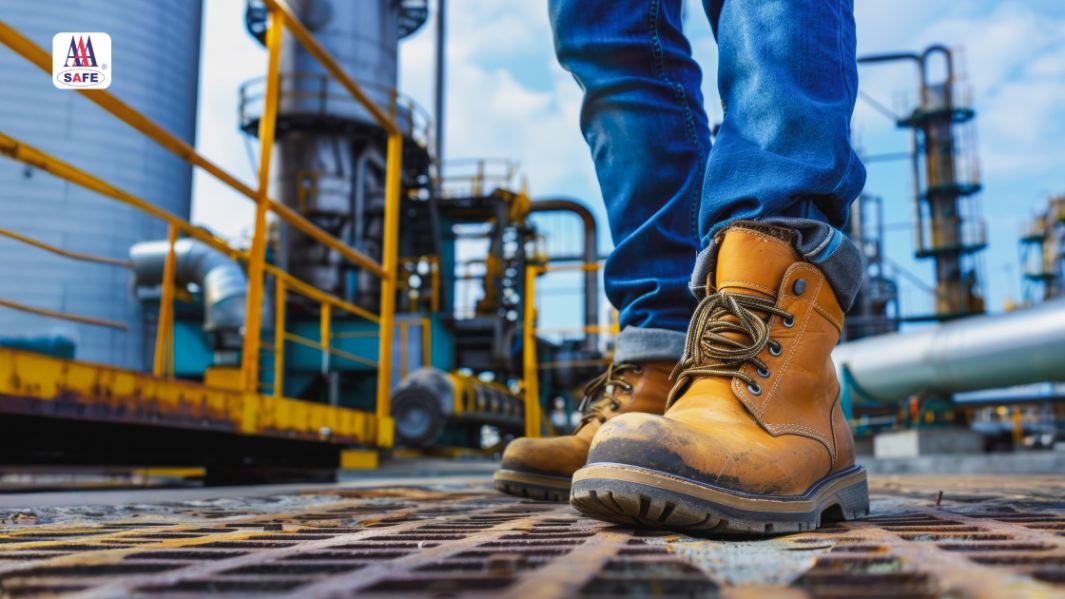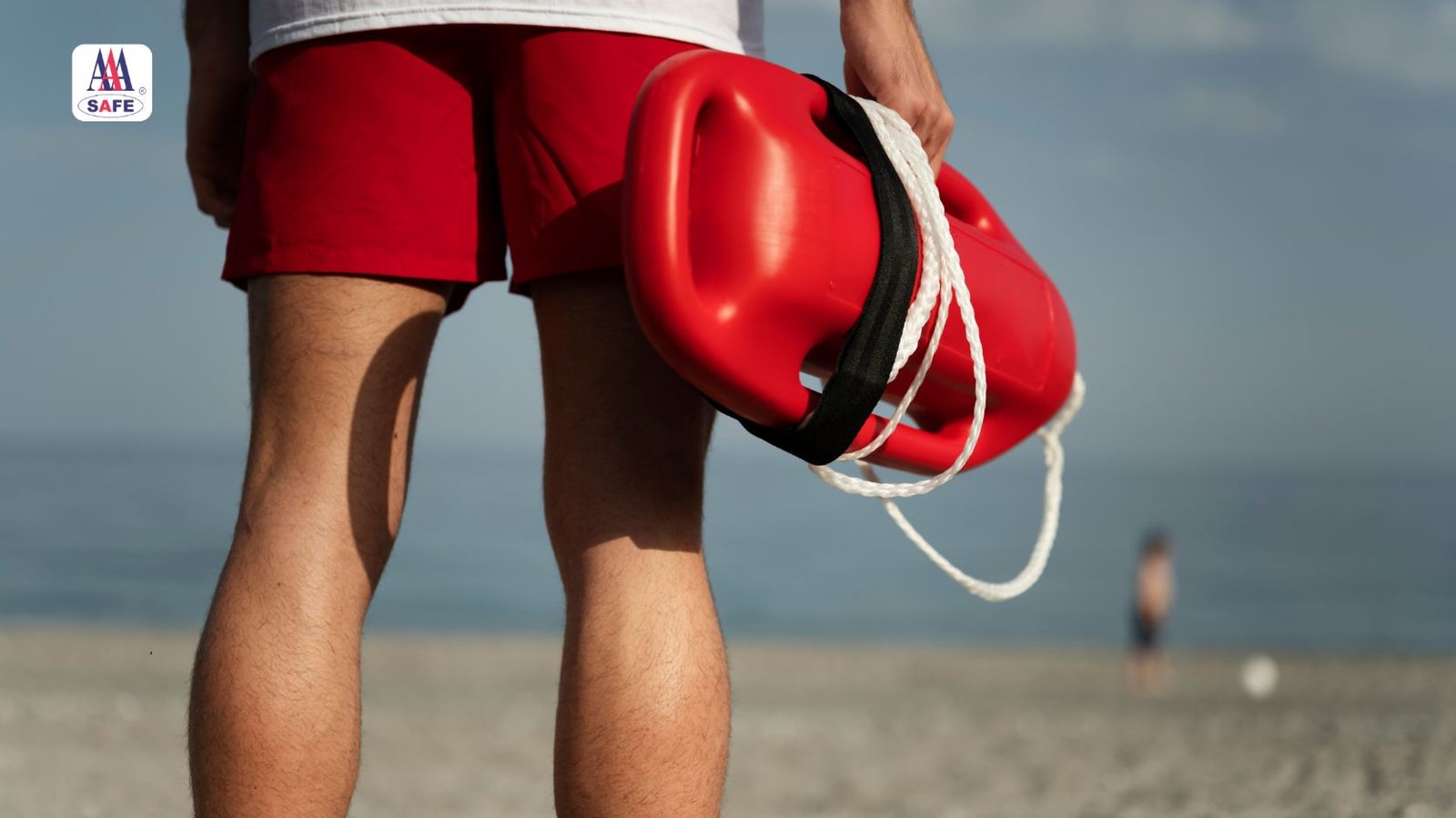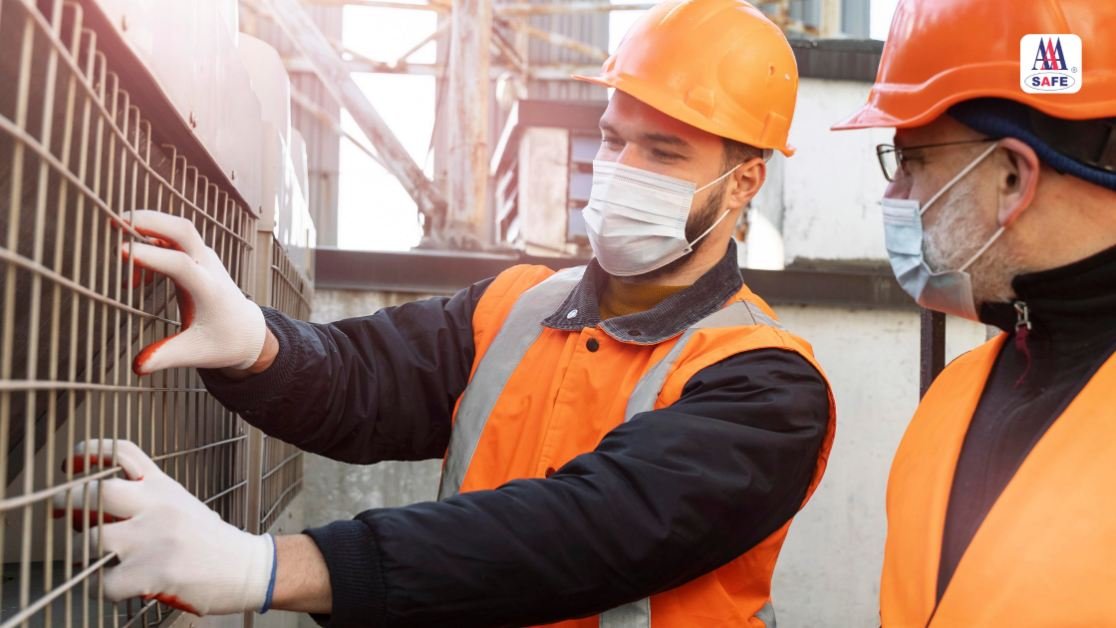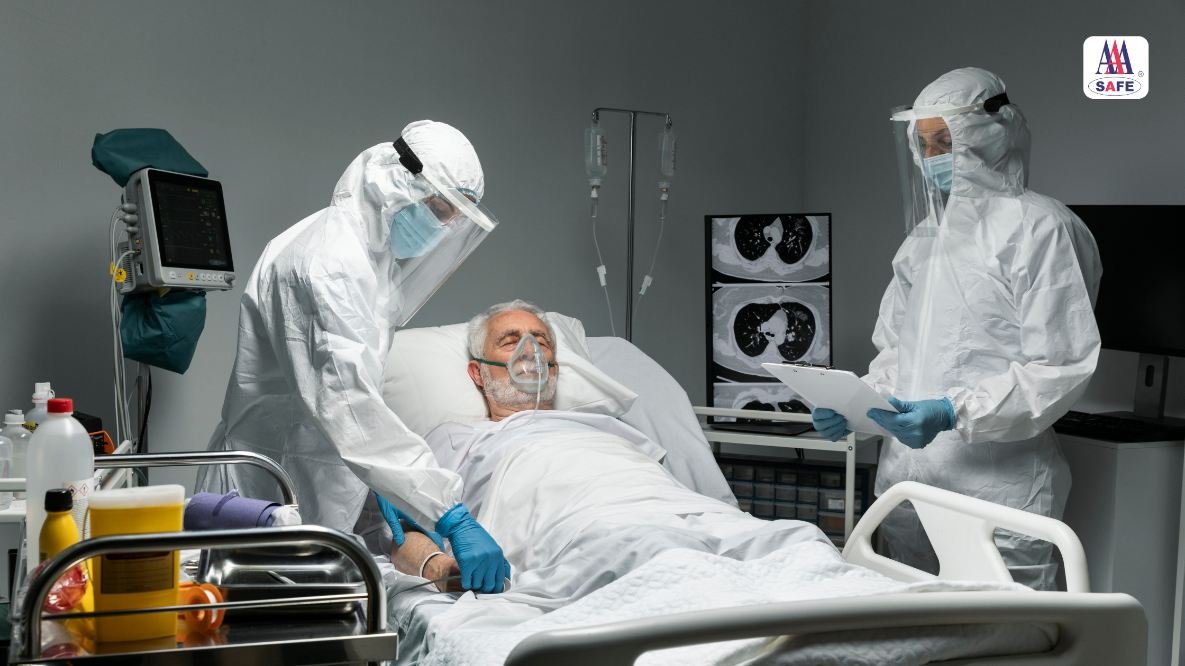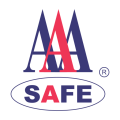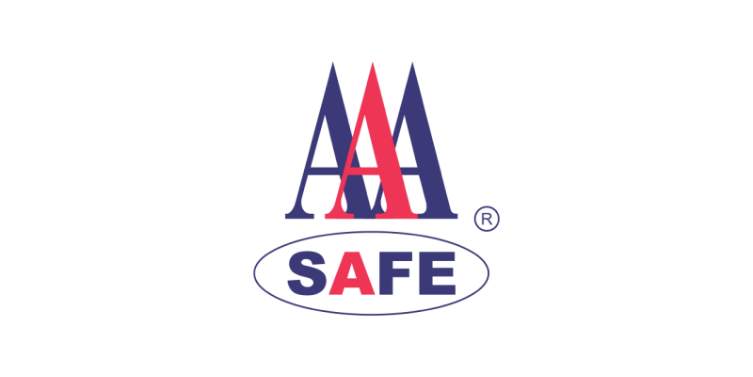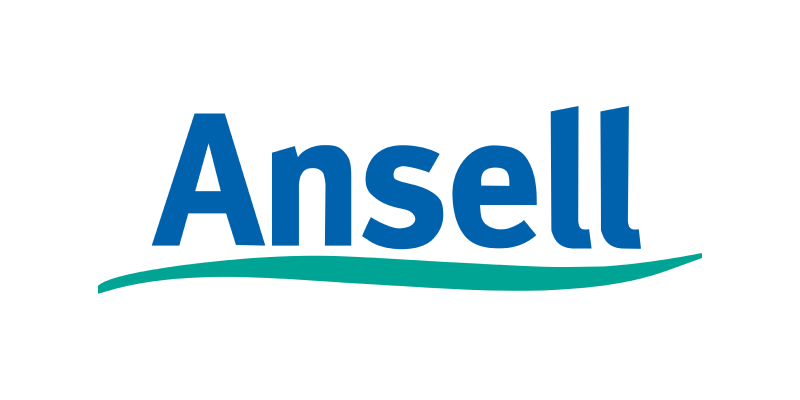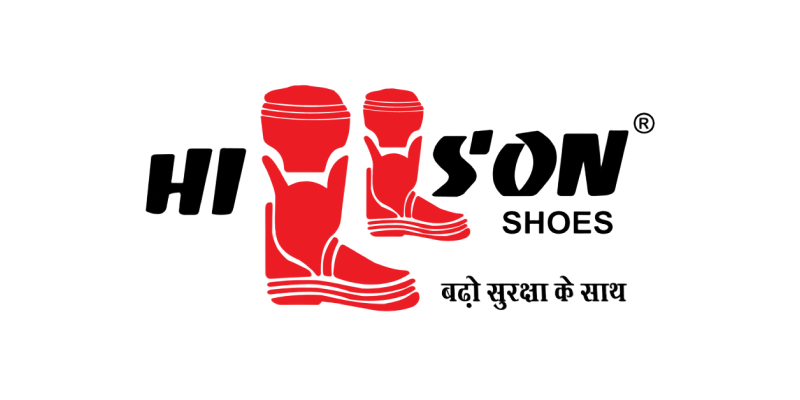Life has a funny way of reminding us about the importance of safety. Like that one time when we almost dropped our brand-new smartphone, but thankfully, that fancy cover saved it from kissing the cold hard pavement. Similarly, think about safety harnesses like your smartphone’s superhero cover, with their job on the line every single day.
Without these trusty sidekicks, workers in industries like construction, warehousing, or even simple window cleaning could face severe or fatal consequences. But a harness is only as good as its inspection checks. With that said, let’s delve deep into why regular safety harness inspections are more important than the future of your undropped phone.
Understanding Safety Harnesses
Imagine being an acrobat without a safety net. But there is a twist – you are not an acrobat, and the risk is much higher. Safety harnesses are your safety net in threatening work situations. They are designed intricately and are composed of straps, buckles, fittings, and other components that work in tandem to keep you suspended when you fall – you’ll be left just hanging out, instead of plunging towards serious injuries.
Components of a Full Body Harness:
- Shoulder Straps: These go over the shoulders and distribute the weight evenly.
- Chest Strap: Secures the harness in place and prevents it from riding up.
- Leg Straps: Wrap around the thighs to provide stability and support.
- Torso or Waist Belt: Encircles the waist and offers anchoring points.
- Dorsal D-ring: Located at the back for fall arrest systems.
- Front D-ring: Positioned at the chest for work positioning and rescue.
- Buckles and Adjusters: Ensure a secure and customizable fit.
- Lanyard and Energy Absorber: Connect the harness to anchor points and absorb fall forces.
These components work together to provide safety and support when working at heights.
The Importance of Safety Harness Inspections
You wouldn’t eat expired condiments from the fridge, would you? Then why would you seek protection from a safety harness without ensuring it’s in working condition? Regular harness inspections are like your early morning coffee—they get you going and add life to your day, literally.
If your safety harness is damaged or worn out, it can mess with your dear life. The last thing we want is a safety harness failing us in mid-air. It’s like jumping off a plane with a faulty parachute. It’s not a pretty picture, is it?
- Regular assessments will detect early signs of wear and tear.
- Changing poor-quality parts on time can avoid a lot of mishaps.
- Reduces medical expenses and compensation claims.
Guys, ignorance isn’t always bliss, especially when it comes to safety gear.
The Safety Harness Inspection Process
This process should only be done by professionals with proper training and knowledge. Here are the steps:
- Visual Checkup
The first step is to do a visual inspection. If you can spot any signs of cuts, scrapes, damage to the straps, or stitches, it would mean that the harness is not safe to use. Also, keep an eye out for any loose threads or broken pieces to determine your harness’ safety.
- See if Everything Works
Next, check each component individually and make sure that all of them are working properly before you put on the harness. From buckles to D-string, check everything and adjust the harness so it fits just right.
- Give it a Test
This test is helpful in verifying the strength and durability of the harness. It tells you how much weight it can handle. For this step, follow the manufacturer’s guidelines to see if it would work well or break under pressure.
- Note Down The Results
Lastly, jot down any fixes that need to be done. Documenting the results of your safety harness inspection will help you show that you are following the Workplace Safety and Health Act.
When to Inspect
You may now be wondering, “So, when exactly do I need to inspect these?” Well, think of it like feeding your pet.
- Before every use, just like how you make sure your pet has their meal every day.
- After a significant load has been applied or after a fall. You wouldn’t want your pet to go about its day after a hefty exercise without some hydration, would you?
- Periodically, even if it isn’t used. Yes, like taking your dog for a health check-up, no matter how hale and hearty it might seem.
What to Check
While you’re at it, here are some components you must keep an eye on. It’s like a head-to-toe scan.
- Webbing: Check for frayed edges, broken fibres, pulled stitches, cuts or chemical damage. If we were talking humans, this would be your skin. As a rule of thumb, if you don’t like seeing it on your skin, your webbing won’t either.
- Metal Components: Like buckles and D-rings. Look for any deformities or scars. Even a little speck of corrosion can make a huge difference. It’s like your bones, you see. Can’t have them weakened or cracked, right?
- Stitching: Ensure there’s no defect or damage. After all, loose ends can lead to a loose fit.
Tips For Safety Harness Inspection
- Safety Regulations: Respecting safety regulations is just like obeying traffic signs – no one likes to be caught offside. Beyond the employer’s ethical responsibility, there are legal obligations tied to offering and maintaining safe work environments. Authorities like OSHA in the U.S. have outlined regulations mandating regular inspections of safety gear, including harnesses. Is there anything better than a safe workplace in compliance with all regulatory measures? I don’t think so.
- Training Matters: Imagine sticking a rookie behind the wheel of a race car with zero instructions. Sounds like a disaster, right? Workers using a safety harness need to be trained not only in using the harness but also in performing regular inspections. It’s as important as knowing which fork to use for salads at that fancy dinner – avoiding potentially embarrassing, or in this case, dangerous situations.
- Making It a Habit: ‘Habit’ might sound like a boring word, one that makes you recall that worn-out yoga mat. But when it comes to harness inspection, it’s the hot ginger tea you need on a cold winter morning. Make inspecting safety gear part of your routine, and you’ll never have to scramble, wondering if you’ve overseen a crucial detail, kind of like forgetting if you’ve turned off the oven after an epic baking session.
- Seek Help If Needed: Remember that time you put together an IKEA shelf and two screws were mysteriously left over, but you couldn’t be bothered? Well, when it comes to safety harness inspections, don’t make an IKEA of it. If you’re unsure about handling the inspections yourself, hire a professional. It’s not a sign of weakness to ask for help, just sheer common sense – something that can never be overrated.
Conclusion
Like that chocolaty dessert after a sumptuous meal, safety is an indulgence you should never skip. Safety harness inspections are incredibly crucial to creating a safe workspace, preventing accidents, ensuring regulatory compliance, and avoiding costly consequences. Make it a habit, get the appropriate training, and never hesitate to seek expert assistance. After all, just like no cake is excellent without that dash of cocoa, no safety measure is foolproof without regular inspections.
FAQs
The user should inspect safety harnesses before each use and at least once a year an inspection should be carried out by a competent person other than the user.
Your life depends on that harness if it’s going to save you from a fall. A quick visual inspection before each use is simple and quick and can save you from potential damage.
Look for fraying, cuts, burns, heat or chemical damage, broken stitches, or other wear or damage.
If you suspect a defect, remove it from service immediately, and get it inspected by a certified professional.
Anyone who uses a safety harness should be trained—not only in its proper use but also in its inspection and maintenance.
Training sessions should be conducted regularly and whenever a new type of fall protection is used.
In the case of a fall, neglecting to examine or maintain your safety harnesses may cause serious injuries or even death.
Always ask for help until you learn how to do it yourself. Ask a trained professional to assist you.
